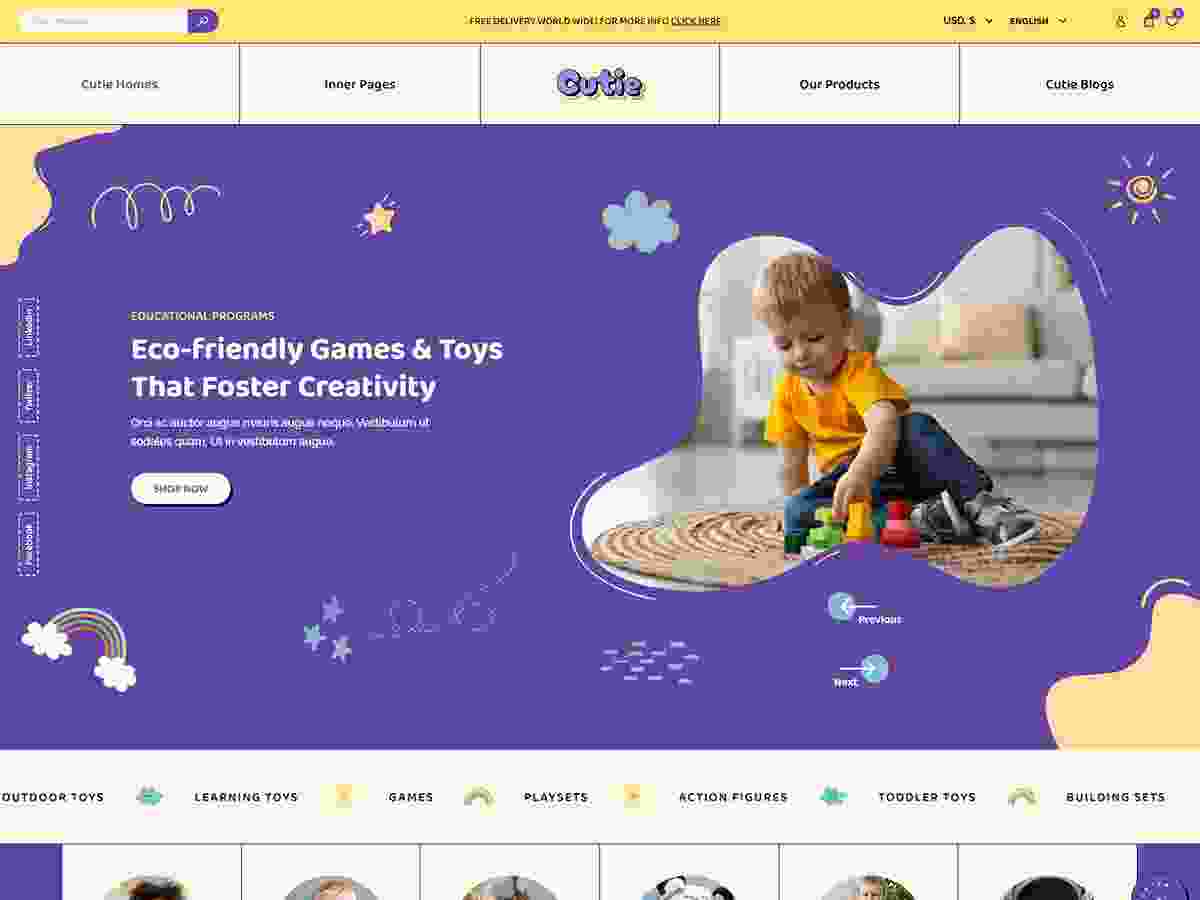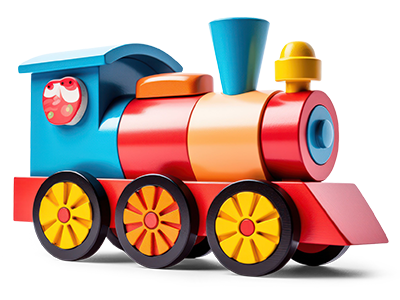Spa Tubs offer a luxurious and therapeutic experience, merging relaxation with wellness. At spa-wear.com, we aim to guide you through understanding and enjoying spa tubs to enhance your self-care routine with suitable spa wear, comfortable robes, and essential accessories. With high-quality towels, cozy slippers, and aromatherapy products, discover how to elevate your spa experience.
1. What Are Spa Tubs and Their Primary Benefits?
Spa tubs, also known as hot tubs or Jacuzzis, are large tubs filled with heated water used for relaxation, hydrotherapy, and social gatherings. They are equipped with jets that circulate the water, providing a massaging effect.
The primary benefits of spa tubs include:
- Stress Reduction: The warm water and massaging jets help relax muscles and reduce mental stress. According to a study in the Journal of Alternative and Complementary Medicine, hydrotherapy can significantly lower stress hormones like cortisol.
- Muscle Relaxation: The heat increases blood flow, which can ease muscle tension and soreness. A study published in the Journal of Strength and Conditioning Research found that warm water immersion post-exercise reduces delayed onset muscle soreness (DOMS).
- Pain Relief: Spa tubs can alleviate pain associated with arthritis, back pain, and other musculoskeletal conditions. The Arthritis Foundation notes that warm water therapy can improve joint mobility and reduce pain.
- Improved Sleep: Soaking in a spa tub before bed can promote relaxation and improve sleep quality. Research in the journal Sleep Medicine Reviews indicates that a warm bath or hot tub soak can help regulate body temperature and promote better sleep.
- Social Interaction: Spa tubs often serve as a social space for friends and family to connect and unwind together.
2. What Are the Different Types of Spa Tubs Available?
There are several types of spa tubs available, each with unique features and benefits. Knowing the options can help you choose the best one for your needs.
2.1. Portable Spa Tubs
Portable spa tubs are lightweight and easy to move, making them a flexible option for those who want to test out spa tub ownership without a permanent installation. They are typically made of durable, inflatable, or molded plastic materials.
- Pros:
- Affordable
- Easy to install and move
- No special plumbing or electrical work needed
- Cons:
- Less powerful jets
- Shorter lifespan compared to permanent models
- May not retain heat as efficiently
2.2. Inflatable Spa Tubs
Inflatable spa tubs are a type of portable spa that can be inflated and deflated as needed. They are a popular choice for their convenience and affordability.
- Pros:
- Very affordable
- Easy to set up and store
- Lightweight and portable
- Cons:
- Less durable than other types
- Limited jet power
- May require frequent inflation
2.3. Acrylic Spa Tubs
Acrylic spa tubs are made from a durable acrylic shell reinforced with fiberglass. They are known for their longevity, style, and wide range of features.
- Pros:
- Durable and long-lasting
- Available in various shapes, sizes, and colors
- Good heat retention
- Cons:
- More expensive than portable options
- Require professional installation
- Heavier and less portable
2.4. Wooden Spa Tubs
Wooden spa tubs offer a natural and aesthetic appeal. They are typically made from cedar, redwood, or teak, which are naturally resistant to water damage.
- Pros:
- Visually appealing and natural look
- Good insulation properties
- Durable with proper maintenance
- Cons:
- Require regular maintenance to prevent leaks and rot
- More expensive than acrylic or portable options
- Can be difficult to find skilled installers
2.5. In-Ground Spa Tubs
In-ground spa tubs are built into the ground, often as part of a pool or patio. They offer a seamless and luxurious look.
- Pros:
- Customizable design
- Permanent and aesthetically pleasing
- Can be integrated with a pool system
- Cons:
- Most expensive option
- Require extensive installation and planning
- Not portable
3. How Do You Choose the Right Spa Tub for Your Needs?
Choosing the right spa tub involves considering several factors to ensure it meets your needs and preferences.
3.1. Consider Your Budget
Spa tubs range in price from a few hundred dollars for inflatable models to tens of thousands for custom in-ground spas. Determine your budget early in the process to narrow your options.
3.2. Assess Available Space
Measure the space where you plan to install the spa tub. Ensure there is enough room not only for the tub itself but also for access, maintenance, and any additional features like steps or decking.
3.3. Determine Seating Capacity
Consider how many people will typically use the spa tub at once. Spa tubs come in various sizes, from two-person models to larger tubs that can accommodate six or more people.
3.4. Evaluate Jet Power and Placement
The number and placement of jets can significantly impact the spa tub experience. Look for tubs with adjustable jets that target specific muscle groups. More powerful jets provide a deeper massage.
3.5. Check Energy Efficiency
Spa tubs can consume a significant amount of energy to heat and maintain the water temperature. Look for models with good insulation, energy-efficient pumps, and covers to minimize heat loss.
3.6. Consider Water Care Systems
Maintaining clean and sanitary water is crucial for spa tub enjoyment. Options include chlorine, bromine, ozone, and UV sanitation systems. Consider which system best fits your lifestyle and preferences.
3.7. Review Warranty and Support
Check the warranty offered by the manufacturer and read reviews about their customer support. A good warranty can protect you from unexpected repairs or issues.
4. What Are Essential Features to Look For in a Spa Tub?
When selecting a spa tub, certain features can enhance your experience and provide added convenience.
4.1. Adjustable Jets
Adjustable jets allow you to customize the water pressure and direction, targeting specific areas of your body for a personalized massage.
4.2. Integrated Filtration System
A high-quality filtration system keeps the water clean and clear by removing debris and impurities. Look for systems with multiple filters and easy-to-replace cartridges.
4.3. Ozone or UV Sanitation
Ozone and UV sanitation systems help reduce the need for chemical sanitizers like chlorine or bromine. They work by killing bacteria and other microorganisms in the water.
4.4. LED Lighting
LED lighting adds ambiance to your spa tub experience. Many models offer color-changing lights that can enhance relaxation.
4.5. Built-In Sound System
A built-in sound system allows you to play music or listen to podcasts while you soak. Look for models with Bluetooth connectivity for easy streaming.
4.6. Insulated Cover
An insulated cover is essential for retaining heat and keeping debris out of the spa tub. It also helps reduce energy costs.
4.7. Digital Controls
Digital controls make it easy to adjust the temperature, jet settings, and other features. Look for intuitive and user-friendly interfaces.
5. What Are the Health and Safety Considerations for Spa Tub Use?
While spa tubs offer numerous health benefits, it’s essential to use them safely and be aware of potential risks.
5.1. Temperature Regulation
The water temperature in a spa tub should not exceed 104°F (40°C). Higher temperatures can cause heatstroke, dizziness, and other health problems. The U.S. Consumer Product Safety Commission recommends a maximum temperature of 104°F.
5.2. Time Limits
Limit your time in the spa tub to 15-20 minutes, especially if you are new to hot tub use or have underlying health conditions. Prolonged exposure to hot water can cause dehydration and overheating.
5.3. Hydration
Drink plenty of water before, during, and after using a spa tub to stay hydrated. Avoid alcohol, as it can increase the risk of dehydration and dizziness.
5.4. Hygiene
Shower before entering the spa tub to remove dirt, oils, and lotions from your skin. This helps keep the water clean and reduces the risk of bacterial contamination.
5.5. Water Chemistry
Regularly test and balance the water chemistry to maintain proper sanitation. Follow the manufacturer’s instructions for adding chemicals and cleaning the filters.
5.6. Medical Conditions
Individuals with certain medical conditions, such as heart disease, high blood pressure, diabetes, or pregnancy, should consult with their doctor before using a spa tub.
5.7. Children and Spa Tubs
Children should be closely supervised in and around spa tubs. The Consumer Product Safety Commission advises that children under the age of five should not use spa tubs due to the risk of overheating and drowning.
6. How Can You Enhance Your Spa Tub Experience with Spa Wear?
The right spa wear can significantly enhance your comfort and relaxation while using a spa tub. At spa-wear.com, we offer a range of products designed to elevate your spa experience.
6.1. Comfortable Robes
Wrap yourself in a plush, absorbent robe before and after your soak. Look for robes made from materials like cotton, terry cloth, or microfiber for maximum comfort.
6.2. High-Quality Towels
Invest in soft, absorbent towels to dry off after your spa tub session. Turkish cotton towels are a popular choice for their luxurious feel and quick-drying properties.
6.3. Cozy Slippers
Protect your feet and prevent slips with a pair of comfortable slippers. Look for slippers with non-slip soles and plush cushioning.
6.4. Bathing Suits
Choose a bathing suit that is comfortable and provides adequate coverage. Look for suits made from chlorine-resistant materials to prolong their lifespan.
6.5. Headbands
Keep your hair out of your face with a soft, absorbent headband. This is especially useful for those with long hair.
6.6. Aromatherapy Products
Enhance your relaxation with aromatherapy products like essential oils, bath salts, and bath bombs. Lavender, eucalyptus, and chamomile are popular choices for their calming properties.
7. What Are Some Creative Ideas for Creating a Spa-Like Atmosphere at Home with Spa Tubs?
Transforming your backyard or bathroom into a spa-like retreat can enhance the relaxation benefits of your spa tub.
7.1. Landscaping
Surround your spa tub with lush greenery, flowers, and other plants to create a tranquil and natural environment. Consider adding bamboo, ferns, or tropical plants for a spa-like feel.
7.2. Lighting
Use soft, ambient lighting to create a relaxing atmosphere. String lights, lanterns, and candles can add warmth and charm to your spa area.
7.3. Water Features
Add a water feature, such as a small fountain or waterfall, to create a soothing soundscape. The gentle sound of water can enhance relaxation and mask unwanted noise.
7.4. Comfortable Seating
Provide comfortable seating options, such as lounge chairs, benches, or hammocks, for relaxing before and after your spa tub session.
7.5. Privacy Screens
Install privacy screens or fences to create a secluded and intimate spa area. Bamboo screens, lattice panels, or curtains can provide privacy while adding to the aesthetic appeal.
7.6. Sound System
Install an outdoor sound system to play relaxing music or nature sounds. Choose speakers that are weatherproof and designed for outdoor use.
7.7. Aromatherapy Diffusers
Use aromatherapy diffusers to fill the air with calming scents. Essential oils like lavender, eucalyptus, and peppermint can enhance relaxation and promote well-being.
8. How Do You Properly Maintain a Spa Tub to Ensure Longevity?
Proper maintenance is essential for ensuring the longevity and optimal performance of your spa tub.
8.1. Regular Water Testing
Test the water regularly (at least twice a week) to ensure proper pH balance and sanitizer levels. Use a test kit or strips to measure these parameters.
8.2. Water Chemistry Balance
Adjust the water chemistry as needed to maintain a pH level between 7.2 and 7.8 and appropriate sanitizer levels (e.g., 1-3 ppm for chlorine or 3-5 ppm for bromine).
8.3. Filter Cleaning
Clean the filter regularly (every 4-6 weeks) to remove debris and impurities. Rinse the filter with a garden hose or use a filter cleaning solution for a more thorough cleaning.
8.4. Water Replacement
Drain and refill the spa tub every 3-6 months, depending on usage and water quality. This helps remove accumulated contaminants and maintain water clarity.
8.5. Surface Cleaning
Clean the spa tub surface regularly with a mild detergent and a soft cloth or sponge. Avoid using abrasive cleaners or scrub brushes, as they can damage the surface.
8.6. Cover Maintenance
Clean the spa tub cover regularly with a mild detergent and water. Protect the cover from UV exposure and extreme weather conditions to prolong its lifespan.
8.7. Jet Maintenance
Inspect the jets regularly for clogs or damage. Clean the jets with a small brush or toothpick to remove debris.
9. What Are Some Common Problems and Solutions Related to Spa Tubs?
Even with proper maintenance, spa tubs can experience occasional problems. Here are some common issues and their solutions:
9.1. Cloudy Water
Cloudy water can be caused by high pH levels, inadequate sanitation, or excessive debris. Balance the water chemistry, shock the water, and clean the filter to resolve this issue.
9.2. Foaming
Foaming can be caused by high levels of soap, lotions, or other contaminants in the water. Use a defoaming agent, clean the filter, and drain and refill the spa tub if necessary.
9.3. Algae Growth
Algae growth can occur in spa tubs with inadequate sanitation. Shock the water, clean the filter, and use an algaecide to kill the algae.
9.4. Clogged Jets
Clogged jets can be caused by mineral deposits or debris. Clean the jets with a small brush or toothpick, or use a jet cleaning solution to remove the blockage.
9.5. Heater Problems
Heater problems can be caused by a faulty thermostat, a blown fuse, or a malfunctioning heating element. Check the electrical connections, replace the fuse, or contact a qualified technician for repairs.
9.6. Pump Problems
Pump problems can be caused by a clogged impeller, a faulty motor, or a blown fuse. Clean the impeller, check the electrical connections, replace the fuse, or contact a qualified technician for repairs.
10. How Can Spa-Wear.Com Help You Find the Perfect Spa Tub and Accessories?
At spa-wear.com, we are committed to helping you create the ultimate spa experience. We offer a wide range of high-quality spa wear, accessories, and information to enhance your relaxation and well-being.
10.1. Extensive Product Selection
We offer a wide range of spa wear, including comfortable robes, soft towels, cozy slippers, and stylish bathing suits. Our products are made from high-quality materials and designed for maximum comfort and durability.
10.2. Expert Advice
Our team of spa experts is available to provide personalized advice and recommendations. Whether you need help choosing the right spa wear or have questions about spa tub maintenance, we are here to assist you.
10.3. Informative Resources
Our website features a wealth of informative articles, guides, and tips on spa tubs, spa treatments, and wellness. We are dedicated to providing you with the knowledge and resources you need to create a relaxing and rejuvenating spa experience at home.
10.4. Customer Satisfaction
We are committed to providing exceptional customer service and ensuring your satisfaction. If you have any questions or concerns, please don’t hesitate to contact us.
10.5. Convenient Shopping
Our online store offers a convenient and hassle-free shopping experience. Browse our products, place your order, and have your spa wear and accessories delivered right to your door.
Address: 7014 E Camelback Rd, Scottsdale, AZ 85251, United States
Phone: +1 (480) 947-5400
Website: spa-wear.com
10.6. Call to Action
Ready to elevate your spa experience? Visit spa-wear.com today to explore our collection of spa wear and accessories. Discover the perfect items to enhance your relaxation and well-being. Contact our experts for personalized advice and create the ultimate spa retreat at home.
Frequently Asked Questions (FAQ) About Spa Tubs
- What is the ideal temperature for a spa tub?
The ideal temperature for a spa tub is between 100°F and 104°F (37.7°C and 40°C). The U.S. Consumer Product Safety Commission recommends a maximum temperature of 104°F. - How often should I change the water in my spa tub?
You should drain and refill your spa tub every 3-6 months, depending on usage and water quality. - What chemicals do I need to maintain a spa tub?
You need chemicals to balance the pH, sanitize the water, and prevent algae growth. Common chemicals include pH adjusters, chlorine or bromine, and algaecide. - How do I clean the filter in my spa tub?
Remove the filter and rinse it with a garden hose or use a filter cleaning solution for a more thorough cleaning. Clean the filter every 4-6 weeks. - Can children use spa tubs?
Children should be closely supervised in and around spa tubs. The Consumer Product Safety Commission advises that children under the age of five should not use spa tubs due to the risk of overheating and drowning. - Are spa tubs energy-efficient?
Some spa tubs are more energy-efficient than others. Look for models with good insulation, energy-efficient pumps, and covers to minimize heat loss. - What are the benefits of using a spa tub?
The benefits of using a spa tub include stress reduction, muscle relaxation, pain relief, improved sleep, and social interaction. - How long should I stay in a spa tub?
Limit your time in the spa tub to 15-20 minutes, especially if you are new to hot tub use or have underlying health conditions. - What is the difference between a hot tub and a spa tub?
The terms “hot tub” and “spa tub” are often used interchangeably. Both refer to large tubs filled with heated water used for relaxation and hydrotherapy. - Can I use essential oils in my spa tub?
Yes, you can use essential oils in your spa tub, but be sure to use them sparingly and choose oils that are safe for use in water. Avoid using oils that can damage the spa tub surface or clog the jets.





